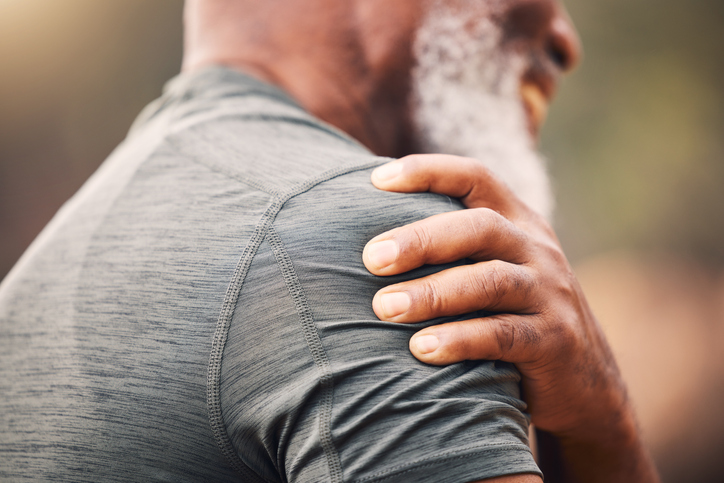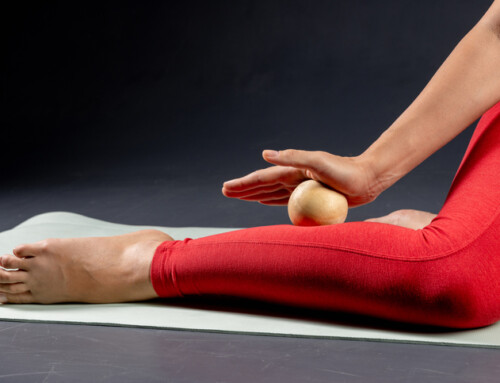by Emma Nelson
Anatomy of a Shoulder Joint
The shoulder joint is referred to as a ball in socket joint. This joint is made up of the humeral head which is the bone of your upper arm with your scapula which is commonly referred to as your shoulder blade. On your scapula, there is a cup shaped structure that is called the labrum which allows the humeral head to sit in. Please find the picture below which shows the anatomy of the shoulder joint.
This type of joint allows for a lot of motion to happen at the shoulder. Due to all the motion allowed, the stability of the shoulder joint can become compromised.
What is Shoulder Instability?
Shoulder instability can have a multitude of reasons as to why it occurs. Some of the potential causes include a labrum tear, dislocation, subluxation, or a genetic condition which can make your ligaments looser. All of these potential causes can lead to the shoulder not being as stable as it needs to be.
Labral tear: This can happen from trauma or overuse where the cartilage ring around the socket part of the shoulder joint is torn. Therefore, having a tear in this structure leads to instability at the shoulder which can lead to more injuries in the future.
Dislocation: This is when the two bones separate from each other and stays out of place. The arm bone (humerus) stays out of place. This sometimes requires a relocation of the joint procedure by a medical professional. Once you have one dislocation, it does put you at risk to other dislocations in the future. Therefore, it is important to strengthen your shoulder muscles to increase the stability of that joint and this helps to prevent other dislocations in the future.
Subluxation: This is when the humerus rapidly gets displaced and then goes back into the joint, so it is in proper alignment. Even though the alignment is back to normal, this can leave labral tears and damage to muscles or other surrounding structures. Therefore, having this happen can lead to having instability of the shoulder and could lead to more subluxations in the future or even dislocations.
Physical Therapy Implications for Treatment Options:
o Physical therapy can be beneficial by strengthening muscles around the joint and helping to create a tailored exercise program to get you back to the things you love to do.
o Physical therapists can provide manual therapy techniques to increase how well your shoulder joint moves to work towards getting you back to pain free motion.
o Physical therapists can provide education on the best plan of care for your specific case.
References
1. Chronic Shoulder Instability and Dislocation – OrthoInfo – AAOS. Accessed January 25, 2024. https://www.orthoinfo.org/en/diseases–conditions/chronic-shoulder-instability/
2. Labral Tear of the Shoulder – Towson Orthopaedic Associates. Published May 17, 2019. Accessed January 25, 2024. https://www.towsonortho.com/specialties/shoulder-conditions/labral-tear-of-the-shoulder/
3. Shoulder Instability. Published March 21, 2023. Accessed January 25, 2024. https://www.hopkinsmedicine.org/health/conditions-and-diseases/shoulder-instability
4. Shoulder Instability: Treatment, Diagnosis, & Causes. Massachusetts General Hospital. Accessed January 25, 2024. https://www.massgeneral.org/orthopaedics/sports-medicine/conditions-and-treatments/shoulder-instability
If you are suffering with shoulder instability, contact us today via our contact form, or call us directly at our physical therapy clinics in Malta, Saratoga, Delmar or Queensbury at 518-289-5242 for a personal evaluation, and find out how we can get you feeling better!






